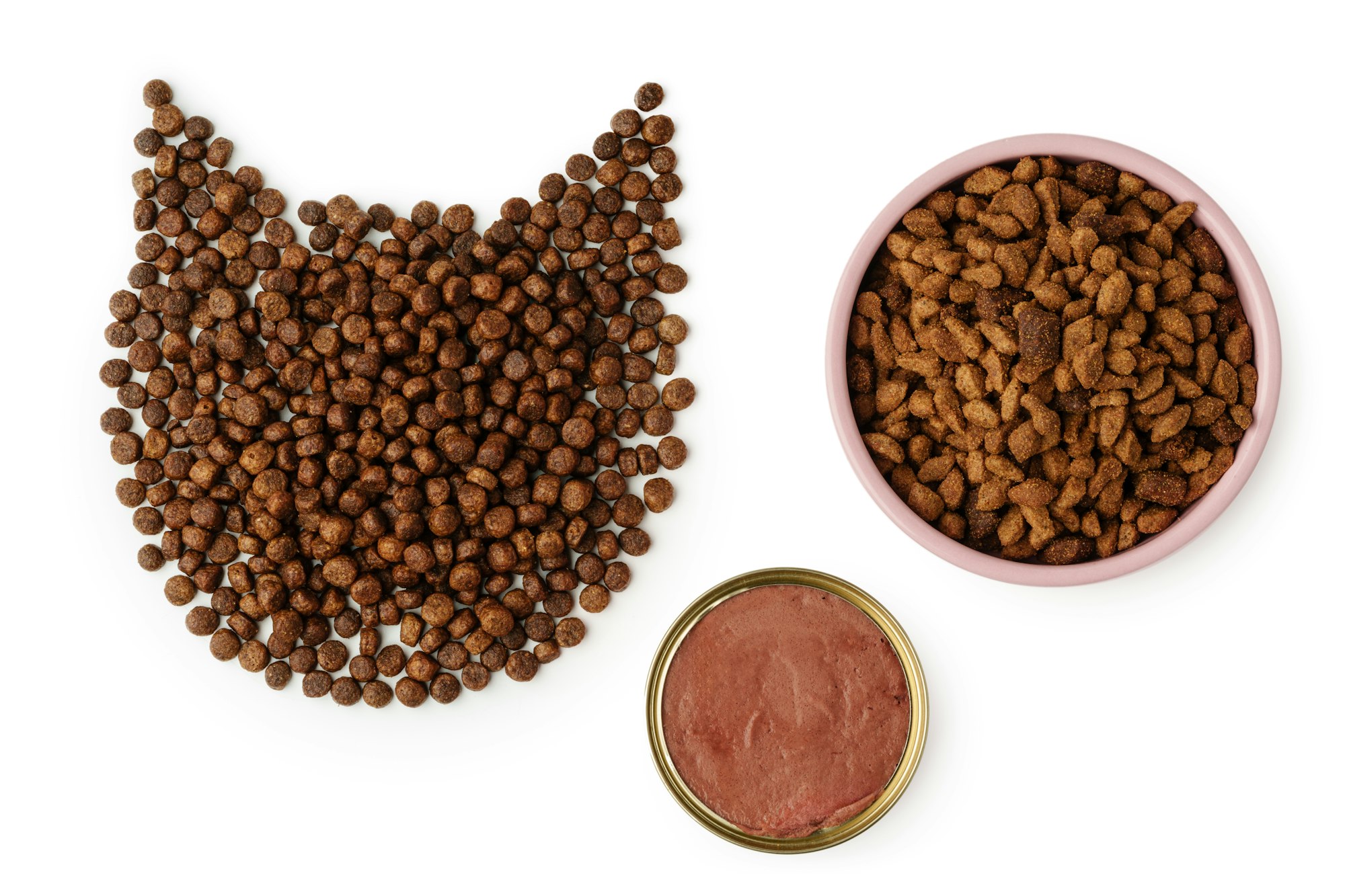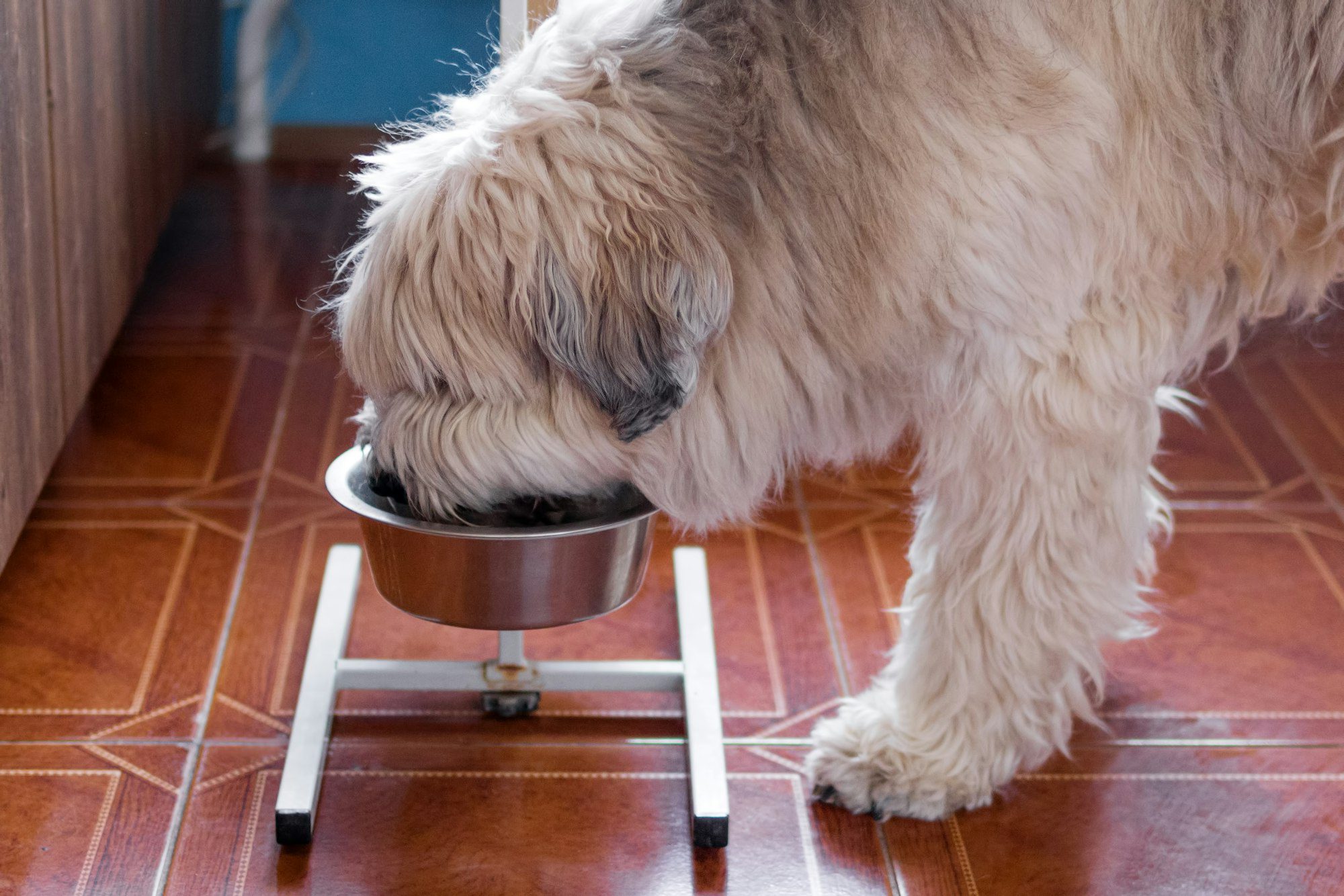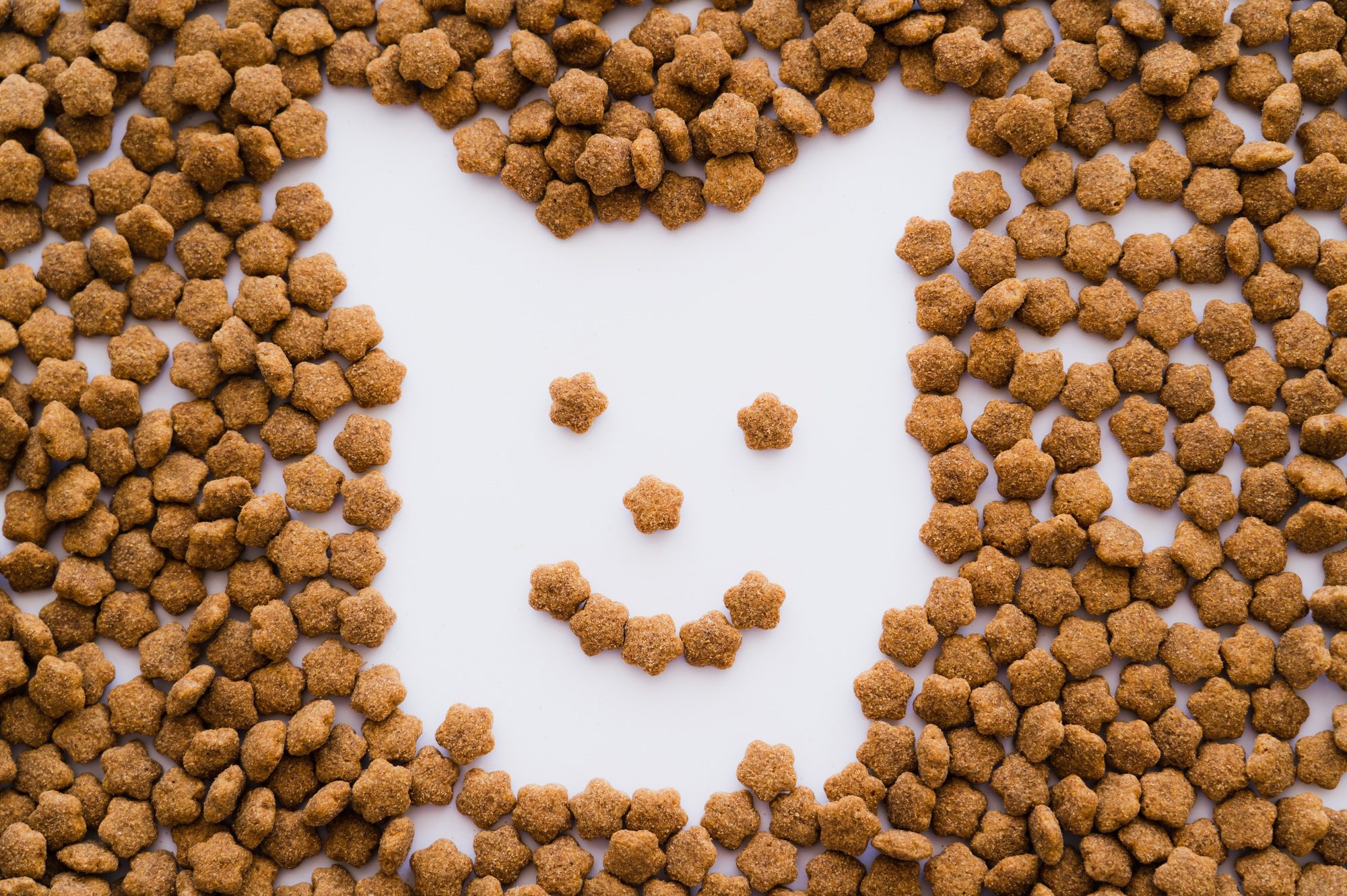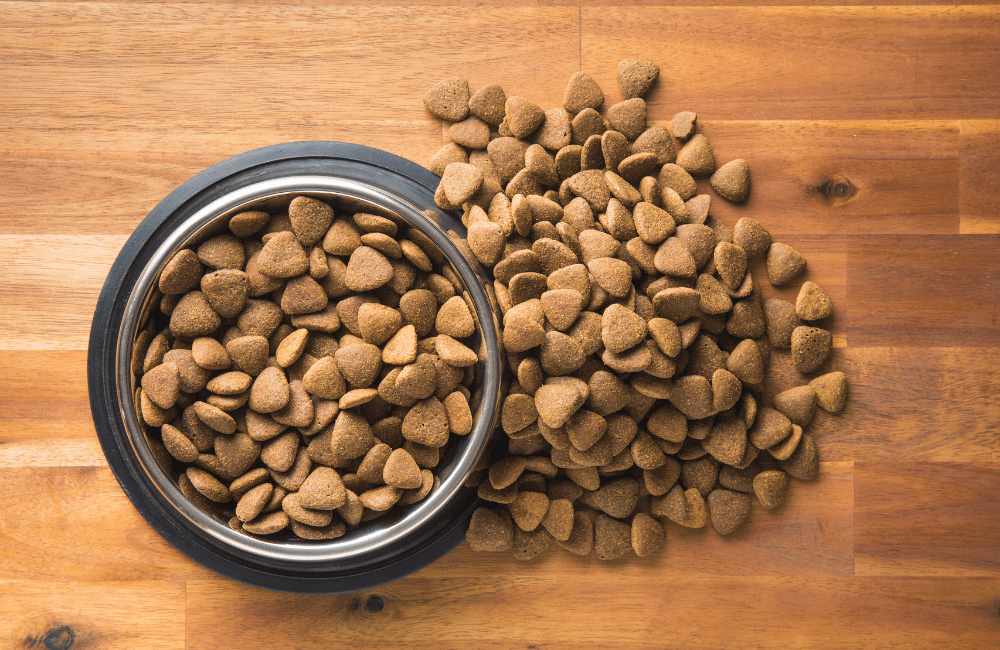Enhancing Flavor for Furry Friends
Introduction:
Pet owners are constantly on the lookout for the best nutrition for their furry companions. From carefully selecting the right kibble to ensuring a balanced diet, pet owners prioritize their pets’ health and well-being. One crucial aspect of pet food that often goes unnoticed is palatants. These ingredients play a significant role in enhancing the flavor of pet food, making it more appealing to our four-legged friends. In this comprehensive guide, we will delve into the world of pet food palatants, exploring what they are, how they work, and their importance in the pet food industry.

What are Pet Food Palatants?
Pet food palatants are additives incorporated into pet food to enhance its taste and aroma. These ingredients are specifically designed to appeal to the highly sensitive palates of cats, dogs, and other pets. Palatants can be either natural or synthetic and are carefully formulated to mimic flavors that animals naturally enjoy.
Types of Pet Food Palatants:
- Natural Palatants: Natural palatants are derived from real food sources that pets naturally find appealing. These can include meat, fish, poultry, and other animal proteins. Natural palatants are often obtained through processes like hydrolysis or enzymatic reactions, which break down proteins into savory components that enhance the flavor of pet food.
- Synthetic Palatants: Synthetic palatants are created using chemical processes to mimic the taste and aroma of natural ingredients. While they may not be derived directly from food sources, synthetic palatants are carefully formulated to provide a similar sensory experience for pets. These palatants undergo rigorous testing to ensure safety and efficacy in pet food formulations.

How Do Pet Food Palatants Work?
The sense of taste is crucial for pets when it comes to accepting and enjoying their food. However, compared to humans, pets have a more limited range of taste receptors. Dogs, for example, have around 1,700 taste buds, while cats have approximately 470. In comparison, humans have around 9,000 taste buds.
Pet food palatants work by stimulating these taste receptors, making the food more appealing to pets. They enhance the flavors of the base ingredients in pet food, creating a more enjoyable eating experience. Palatants also play a role in stimulating saliva production, which aids in the digestion process.
In addition to taste, aroma also plays a crucial role in pet food palatability. Pets have a highly developed sense of smell, and the aroma of their food can greatly influence their willingness to eat. Palatants help enhance the aroma of pet food, making it more enticing to pets, even from a distance.
The Importance of Palatants in Pet Food:
- Increased Acceptance: One of the primary reasons for incorporating palatants into pet food is to increase acceptance among pets. Pets can be picky eaters, especially when it comes to commercial diets. Palatants help mask any undesirable flavors in the base ingredients and make the food more appealing to pets.
- Maintaining Nutritional Balance: Palatants play a crucial role in encouraging pets to consume their entire meal, ensuring they receive the necessary nutrients for optimal health. A pet food that is highly palatable is more likely to be consumed in its entirety, reducing the risk of nutrient deficiencies.
- Encouraging Variety: Offering a variety of flavors and textures is important for keeping pets interested in their food. Palatants allow pet food manufacturers to create a wide range of options to cater to different preferences and dietary needs. This variety helps prevent food boredom and encourages pets to maintain a healthy appetite.
- Enhancing Pet-Owner Bond: Feeding time is an essential bonding moment between pets and their owners. Palatable food enhances this experience by ensuring that pets eagerly anticipate mealtime and enjoy their food. This strengthens the bond between pet and owner, fostering a positive relationship.

Safety and Regulation:
The safety of pet food palatants is of utmost importance to both pet owners and regulatory authorities. The use of palatants in pet food is regulated by government agencies such as the Food and Drug Administration (FDA) in the United States and the European Food Safety Authority (EFSA) in Europe.
Regulatory authorities establish guidelines and standards for the use of palatants in pet food, ensuring that they are safe for consumption and do not pose any health risks to pets. Palatants undergo rigorous testing for safety and efficacy before they are approved for use in pet food formulations.
Pet food manufacturers are required to adhere to these regulations and provide evidence of the safety and efficacy of the palatants used in their products. This includes conducting feeding trials and toxicity studies to assess the impact of palatants on pets’ health.

Common Misconceptions:
Despite their importance in pet food formulation, there are several misconceptions surrounding pet food palatants. One common misconception is that palatants are unhealthy additives that contribute to obesity and other health issues in pets. However, when used appropriately, palatants are safe and can help ensure that pets receive the nutrition they need to thrive.
Another misconception is that palatants are only used to mask the taste of low-quality ingredients in pet food. While palatants can help improve the palatability of pet food, they are also used in high-quality diets to enhance the overall eating experience for pets.
Furthermore, some pet owners may believe that natural palatants are always superior to synthetic ones. While natural palatants can offer certain nutritional benefits, synthetic palatants are carefully formulated to provide a consistent and reliable flavor profile, ensuring that pets enjoy their food every time.

Conclusion:
Pet food palatants play a crucial role in enhancing the flavor and aroma of pet food, making it more appealing to pets. These ingredients stimulate the taste buds and olfactory receptors of pets, encouraging them to consume their entire meal and receive the necessary nutrients for optimal health. Palatants come in various forms, including natural and synthetic, and undergo rigorous testing to ensure safety and efficacy.
By understanding the importance of pet food palatants, pet owners can make informed decisions when selecting the best nutrition for their furry companions. Whether choosing a commercial diet or preparing homemade meals, incorporating palatable ingredients can help ensure that pets enjoy their food and maintain a healthy appetite.













